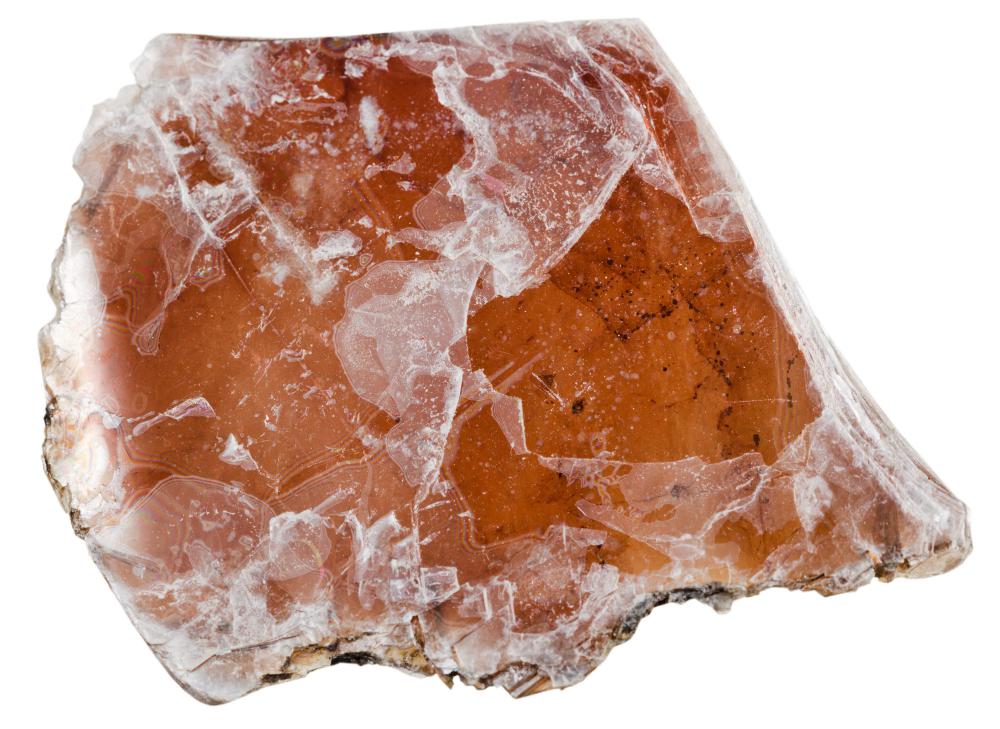At WiseGEEK, we're committed to delivering accurate, trustworthy information. Our expert-authored content is rigorously fact-checked and sourced from credible authorities. Discover how we uphold the highest standards in providing you with reliable knowledge.
How Do I Choose the Best Electrical Insulating Materials?
There are many kinds of electrical insulating materials that can be used in the home or anywhere else electricity flows. Each can have a specific set of properties, providing suitability for particular applications. Often used for wiring and to protect electrically conducting materials and people around them, these compounds often include common materials like ceramic, rubber, nylon, and glass. You can choose electrical insulating materials based on their resistivity, which is a measure of how they oppose the flow of electricity, as well as the application they are used in. Some materials are more tolerant of high temperatures, abrasion, moisture, or chemicals as well.
Electrical Insulating materials are often used for wiring in buildings. Many wire products are manufactured with insulation such as polyvinyl chloride (PVC), which can prevent charges from passing onto people, for example, from the aluminum or copper conductor inside. Choosing an insulating material for wire in a residential, commercial, or industrial setting is generally based on what the safest product is. Safety is often based on the environment the material is exposed to, and which is best at preventing electrical shock or fire.

If these electrical insulating materials are going to be used where there is typically a lot of heat, such as in a kitchen, then choosing the right ones is generally a safety issue. Mica is one type that can be used around stoves or other high temperature appliances. It is often used with electronics components such as transistors that can heat up within a device. Moisture can potentially damage an insulator if it is not resistant to it; this is sometimes a factor with foam products used in homes as well as electronics devices.
Resistivity is a quality that can vary depending on the electrical insulating materials, and is often the reason for choosing one over the other. The purity of the material, as well as how it responds to voltage under stress or over a particular time period typically characterize its ability to oppose electrical currents. Comparisons of various electrical insulating materials can be found online, and may provide data on material resistivity based on time, temperature, and humidity.
Insulating plastics, rubbers, and foams are often used on bookshelves, walls, and other places. There are also electrical insulating materials for circuit boards and other components. Choosing the right ones often means complying with local or regional standards for electrical safety and fire protection as well.
AS FEATURED ON:
AS FEATURED ON:











Discuss this Article
Post your comments